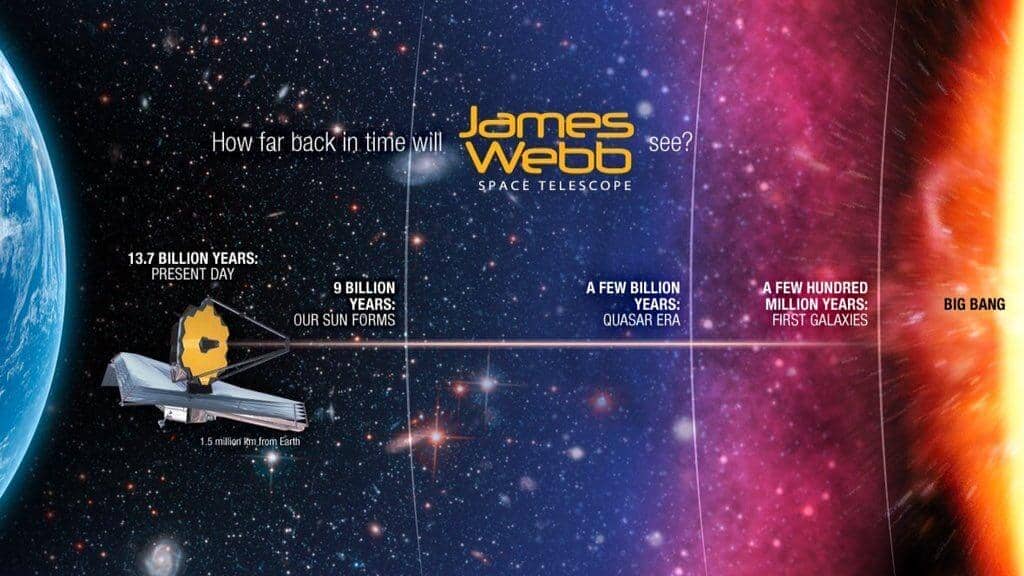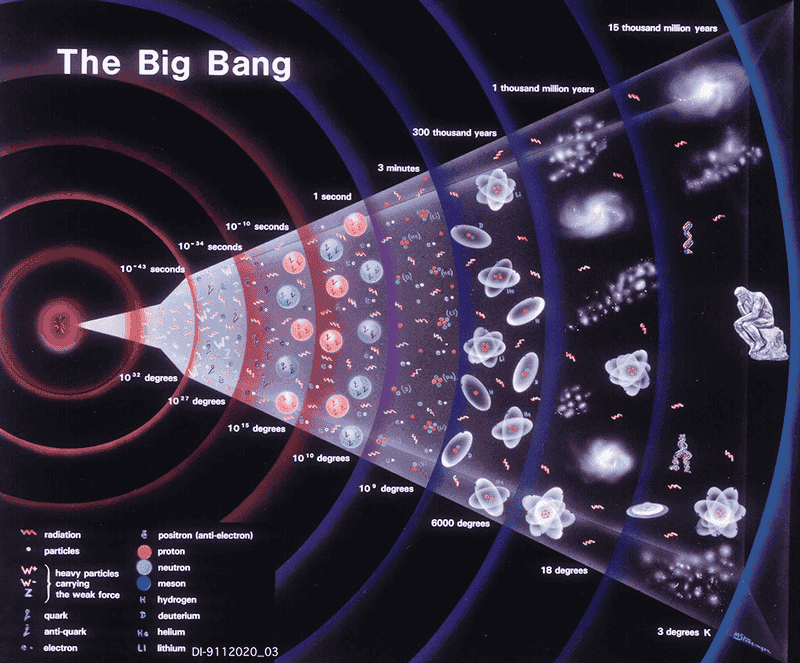Table of Contents
The Big Bang theory is the prevailing scientific explanation of the origin of the universe. It states that the universe started as a singularity, a point of infinite density and temperature, and then rapidly expanded in a massive explosion around 13.8 billion years ago. This explosion created all the matter and energy in the universe, which continues to expand and cool. But how much of the Big Bang is based on fact, and how much is speculation?
Exploring the Evidence and Limitations of the Prevailing Scientific Theory
One of the most concrete pieces of evidence for the Big Bang is the cosmic microwave background radiation. This radiation is the afterglow of the Big Bang, and it permeates the universe, providing a uniform temperature of 2.725 Kelvin. The existence of this radiation was predicted by Big Bang theory, and its discovery was a key piece of evidence in support of the theory.
Another piece of evidence is the observed abundance of light elements in the universe, such as hydrogen and helium. The Big Bang theory predicts that these elements should be abundant, and this has been confirmed by observations.
However, the Big Bang also makes several assumptions, and some of these assumptions have been challenged by observations. For example, the theory assumes that the universe is homogeneous and isotropic, meaning that it looks the same in all directions and at all points. However, observations have revealed that the universe has large-scale structures, such as galaxy clusters and voids, that cannot be explained by the homogeneity assumption.
Another assumption of the Big Bang is that the universe has no center or edge. This means that if you look in any direction, you will not find a center or an edge. However, recent observations have revealed that the universe appears to have a large-scale anisotropy, with a preferred direction, which suggests that there may be a center or an edge to the universe.
Exploring the Origins of the Universe: The James Webb Space Telescope and the Big Bang

The James Webb Space Telescope (JWST) is set to revolutionize our understanding of the Big Bang and the early universe. Launching in 2021, the JWST is designed to observe the first galaxies and stars that formed after the Big Bang.
One of its primary goals is to study the formation and evolution of galaxies, stars, and planetary systems by observing the light from distant stars and galaxies. The JWST’s advanced infrared capabilities will also allow it to peer through dust clouds to see the birth of stars and planets.
Another important objective of the JWST is to study the cosmic microwave background radiation, the afterglow of the Big Bang. By observing the fluctuations in this radiation, the JWST will provide new insights into the structure of the universe, its composition, and how it has evolved over time.
The JWST will also be able to study the large-scale structure of the universe and test theories of cosmic inflation, the rapid expansion of the universe in the first fraction of a second after the Big Bang. These observations will help to determine the nature of dark matter and dark energy, two mysterious components that make up 95% of the universe.
In addition, the JWST will be able to observe exoplanets, or planets outside of our solar system, and study their atmospheres. This will provide new information about the formation and evolution of planetary systems and the potential for life in the universe.
In short, the James Webb Space Telescope has the potential to significantly advance our understanding of the Big Bang and the early universe. Its cutting-edge capabilities will provide new insights into the formation of galaxies, stars, and planetary systems, and help to answer some of the most fundamental questions about the universe.
Conclusion
Finally, the Big Bang theory does not provide a complete explanation of what caused the initial explosion. Some physicists have suggested that the explosion was triggered by a quantum fluctuation in the vacuum, while others have proposed that it was caused by a collision between multiple universes. These ideas are purely speculative, and there is no observational evidence to support them.
In conclusion, the Big Bang theory is based on solid evidence, such as the cosmic microwave background radiation and the observed abundance of light elements. However, it also relies on several assumptions, some of which have been challenged by observations, and it does not provide a complete explanation of the origin of the universe. Despite its limitations, the Big Bang remains the best explanation we have for the origin of the universe, and it continues to be the subject of ongoing research and experimentation.



